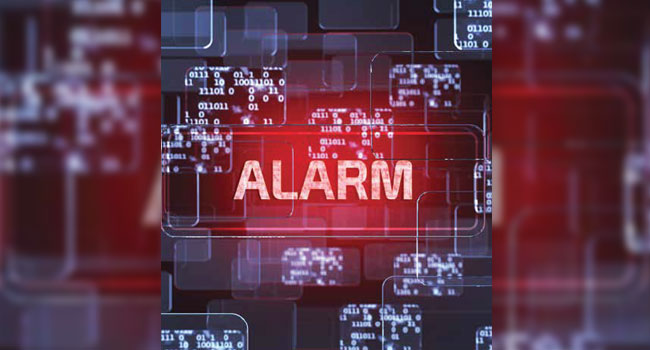
Alarm!
Monitoring from the end user perspective
- By Charlie Howell
- Apr 01, 2015
We all look at monitoring from a different perspective. The
consultant looks at it from a cost benefit analysis standpoint
to represent the client’s best interest. Usually the
consultant’s client is the end user that will have the most
interaction with the monitoring service. The integrator looks at monitoring
from a recurring revenue standpoint and in some cases the generator
of service calls.
Let’s look at monitoring from the end user perspective. I find that the
end user perspective is usually that first and last thing on integrators’
minds when signing them up for monitoring contracts. The end user is
first on the integrator’s mind when getting a one-year or more service
agreement signed that also includes the monitoring piece from a central
station service provider.
However, the end user is last on the mind when thinking about the fact
that from the signing of the contract forward most of the interaction with
the central station is from the end user. If a false alarm is generated, the
end user and the central station speak. If a real alarm is
generated, the central station and the end user speak. If
there is a change to the call list or telephone numbers
or anything else regarding contact information, the end
user and the central station speak. In fact, it is a forgotten
topic in most integrators that during the recurring
revenue period after installation the real relationship is
between the end user and the central station.
I was a service manager for a large integrator back in
my integrator days, and I was the solution to a lot
of upset clients after they had a problem. The
people that they trusted so much, the central
station operators, now could not help them
because they had a door replaced and didn’t
realize they needed to move the door contact
and magnet over to the new door.
Simple problem: if they were speaking to
the integrator it would be easily solved with
a quick service call. In fact, since the monitoring
service, central station, answered
the phone as our company name the end
user had no idea that they were a thirdparty
center and had no ability to assist
with our service call. Arguments ensue
and the end user gets angry and fires
the integrator not ever knowing that
the next integrator uses the same central
station third-party service, so really
nothing changed but the integrator.
End users build a trust and respect element based on interactions with
the person on the other end of the phone during a false alarm, a real alarm,
or a change in information. This trust gets built typically with the central
station operators and as an integrator that uses third party central station
services your main concern will be to not lose a seat at the table with that
end user.
As an integrator a good way to “keep a seat at the end user’s table” is to
provide life cycle management services that provide periodic contact with
the end user. Good types of contacts would be to send customer satisfaction
surveys, send system health monitoring reports, provide a cost free service
call to check the battery or other elements prior to warranty expiration or
service agreement period ending. These little contacts that are non-abrasive
and customer service oriented end up providing the optimal customer
service without being that person they end up regretting the calls from.
This article originally appeared in the April 2015 issue of Security Today.
About the Author
Charlie Howell is an independent security consultant in Northern California.